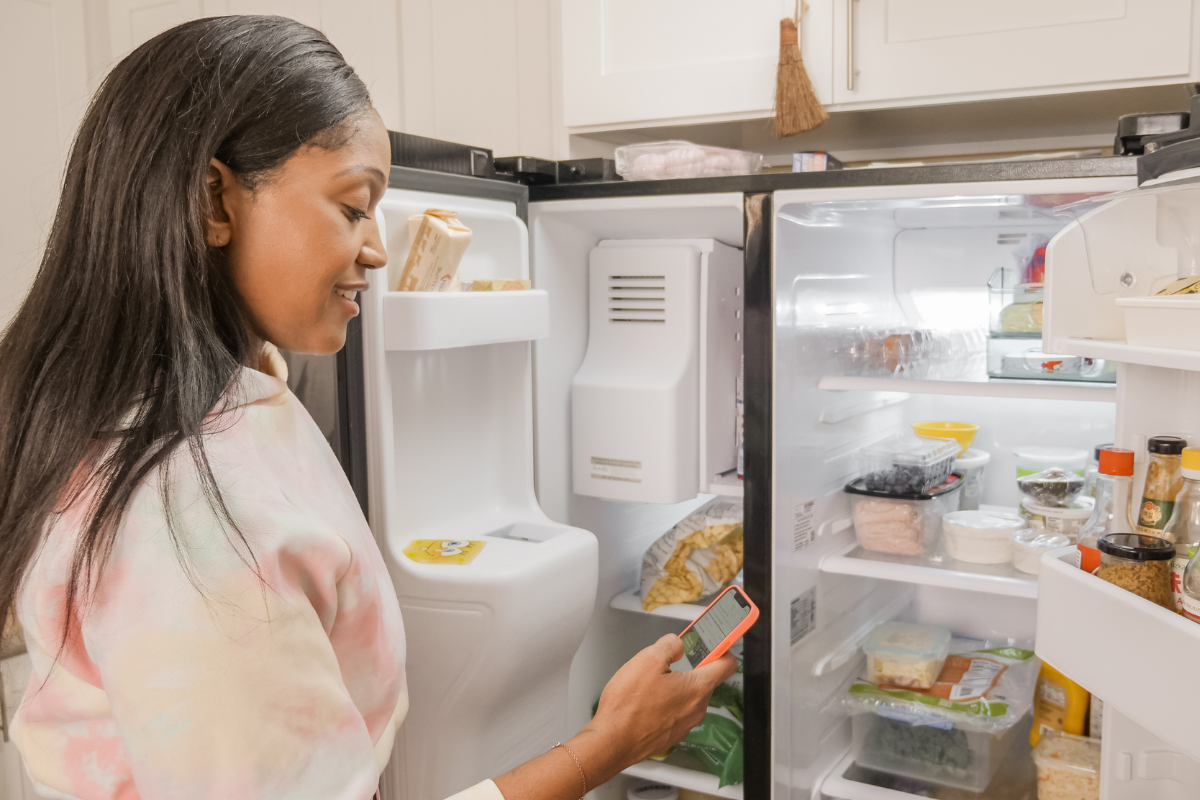23 surprising foods frugal people freeze to save money and make their groceries last longer
"Turns out it's a really good idea to freeze nuts, seeds and chunks of parmesan cheese."
Foods you can freeze to save money.
Groceries aren’t cheap these days. But one appliance that can help cut your grocery bill is your freezer.
Frugal people on Reddit shared the most surprising foods that can be frozen, which has helped them save tons of money on groceries.
"The National Center for Home Food Preservation at the University of Georgia is a great resource for instructions on how to safely preserve all kinds of food. It's practically the bible for people who do home canning but they have instructions on how to freeze, can, pickle and dehydrate almost every kind of food to get the very best, safe results," one Redditor added.
Here are 23 surprising foods that you can freeze:
- YouTube www.youtube.com
"Ginger. Great hack for grating it." - MeetingMichael89
"Bread. I always thought it would get soggy as it thawed until I saw my grandmother had many loaves of bread in her freezer. Tried it. Bread was perfect after defrosting." - Educational_Ad84
"Sticks of butter. If you bake you use a lot of butter. Stock up when it's on sale and keep them in the freezer til the day before. Thaw on the counter." - chelitalazo
"Green onion. I chopped them up, put in freezer zipper bags. When I want to use them in soup, I just grab some in put it in my bowl of hot soup. I'm the only one who likes green onion in my family, so I do this so they won't wither in the fridge before I use them all." - chiffonpandan
"Carmelized onions. Bastards take forever.. might as well make 20 lbs. worth of onions (reduces to 2 cups ). I freeze SO many things it’s awesome!" - MakeItHomemade
"Turns out it's a really good idea to freeze nuts, seeds and chunks of parmesan cheese." - User Unknown
"Milk. We don’t drink milk often and a carton ends up going bad (or I’m unwilling to use) after like a week or more but we like to keep it in the house. I bought little plastic smoothie bottles and I fill several with the fresh carton and freeze them. They thaw in the fridge in a day and gets used up within a couple days. Still have the rest of the carton portioned in the fridge." - LuxCrawford
"Bananas. Peel bananas before you freeze them. And if your bananas go bad, stick em in the fridge then use them for banana bread." - Eighth_Eve, Kiriyuma7801
"Tomato paste! I use a little out of a can in a recipe, then freeze 1tbsp portions wrapped in plastic wrap to pull out later." - Zealousideal-Pie-271
"The 'Level Up' of this is keeping a dedicated 'Stock Bag' in the freezer. Every time I chop onions, carrots, celery, or mushroom stems, the skins/ends go into a big Ziploc in the freezer instead of the trash. When the bag is full, I dump it in a pot with water and boil it for an hour. It makes better veggie stock than the store-bought stuff, and it's literally free because it's made from waste." - Shot-Independence-60
"Jane Brody’s Good Food Book has an excellent chapter on freezing food. One of the more interesting things I learned was that pickles could be frozen. Back in the day, one time the 99 Cents Only Store (RIP) had food service sized jars of pickled banana peppers for .99. I didn’t really have enough room for the whole thing in my fridge, but I had a separate freezer. I divvied them up and had pickled peppers on my sandwiches for more than a year." - Bella-1999
"Cake also is another nice option that thaws out well." - Longjumping_Sea_2650
"Grabbed some discounted about to expire deli hummus. Freezes great in the tub. Thawed. Still tasty." - NumberMuncher
@liz.laberge Replying to @fl01981 I apologize for the freezer beeping a few times. It wasn't a fan of the door open that long. Let me know if you have further questions! I love teaching others and learning all the tricks for preserving our food. @foodsaverbrand is our vacuum sealer #freeze #freezertour #produce #foodpreservation #stockpile
"We’ve been buying discounted cheese slices regularly (our store keeps having good brands in the discount bin). One day the cashier was like 'what do you do with all of this!?' And I told her it freezes well (Swiss, provolone, and pepper jack - cheddar kind of falls apart after thawing though still usable). I’m like… how do people not know this? We also had a friend lamenting what to do with extra flour tortillas (hint: they freeze just fine). I think the harder part is remembering to use the stuff later." - agent229
"Grapes. I thought they would be too hard. But they are such a yummy treat." - Jezzymom
"Tofu, freezing it really changes the texture and makes it a better meat substitute. Since the water molecules expand when frozen it creates space in the tofu that when defrosted allows for marinades." - TsT2244
"Peeled garlic! Picked this up from Costco subreddit, but the big bag of garlic freezes well and it's super easy to pull a few cloves out when needed. Far superior to the minced in oil." - timzilla
"Eggnog! The sweet stuff that comes in cartons can be frozen. For years I had rum and eggnog on my May birthday!" - me2pleez

